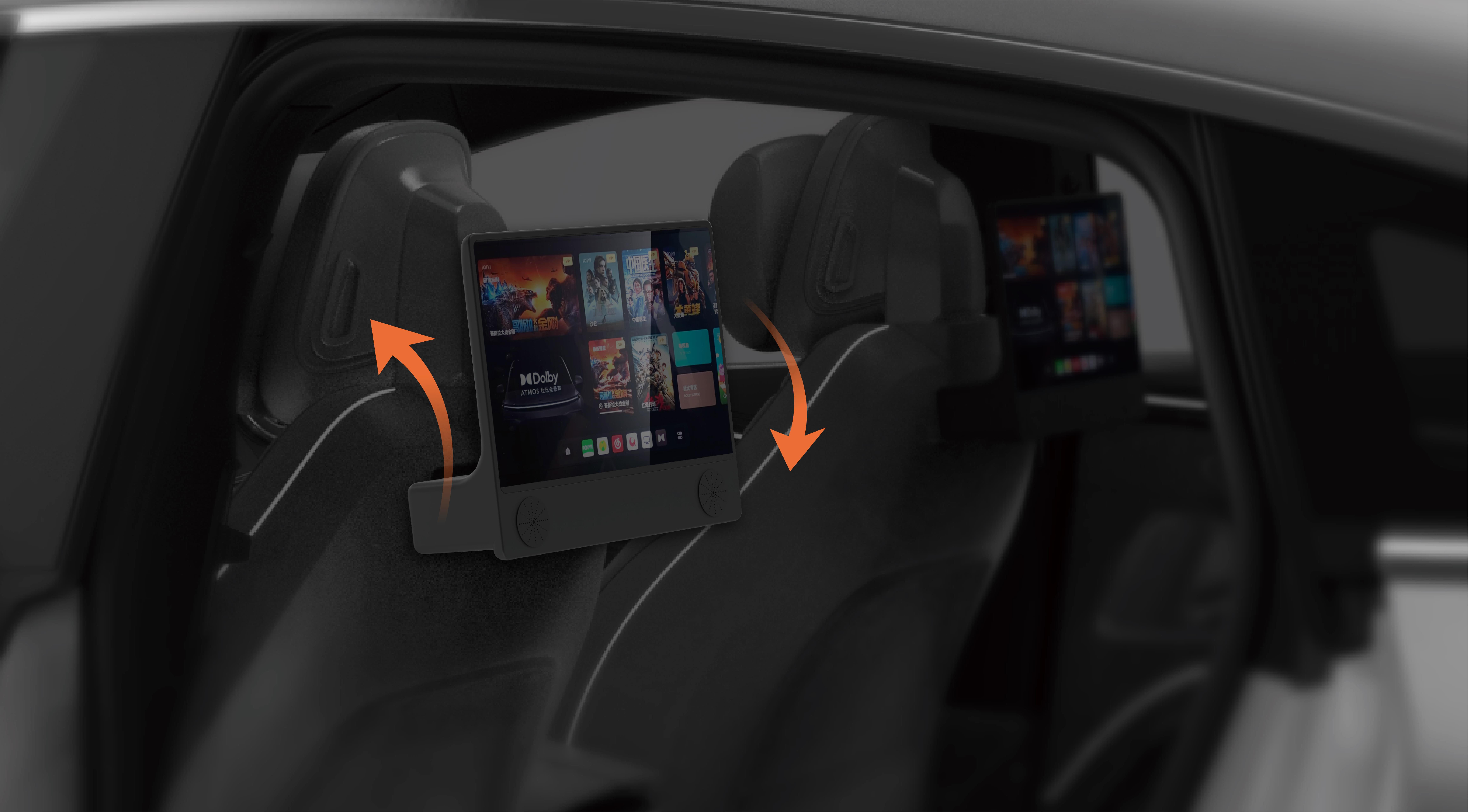Imagine pushing a toy car across the floor—it moves, right? Now, think about how that movement is controlled smoothly and precisely. That’s where a servo motor lights up the scene. It’s not just a motor; it’s a performer in the world of automation, robotics, and even drone technology. Wonder how it works? Let’s open that mystery up.

At its core, a servo motor is a compact, high-precision motor with an integrated control system. Instead of just spinning endlessly like a typical motor, it takes commands—specific position or speed—and executes them with impressive accuracy. Think of it like a seasoned dancer following choreographed steps rather than freestyle moves. This dance is powered by a feedback loop, often using a potentiometer or other sensors, that constantly checks if the motor is in the right position.
Here’s a simple analogy. When you turn a steering wheel, you expect your car to go where you want, right? The servo motor works similarly—receives a signal, moves to a corresponding position, and senses if it’s in the right spot. If not, it adjusts itself mid-motion. That real-time feedback loop — that’s the secret sauce. It makes servo motors perfectly suited for robotics arms, RC vehicles, camera gimbals, anywhere precise positioning matters.
Now, about the working principle without the technical jargon overload. Think of a servo motor as a tiny powerhouse that’s always listening. It gets a command — let’s say, “turn to 60 degrees.” The motor’s internal control circuit drives the rotor (the rotating part) to that angle, constantly checking the position via feedback. If it’s off by a tiny margin, the motor corrects itself. This cycle continues until the position is spot on.
The diagram? Imagine a circle with a small arrow inside, representing the rotor, with a control circuit connecting to it. Sensors monitor the arrow’s position and feed that info back in. The control circuitry then modulates power, nudging the rotor precisely to where it needs to be. That’s a seamless communication process that’s almost automatic once set in motion.
So what really makes a servo motor stand out? It’s the ability to deliver quick, accurate, and repeatable movements without needing elaborate programming. That’s why, in robotics or automation projects, you’ll see them everywhere—from robotic arms assembling gadgets to automated curtain openers. They bring a reliability that’s hard to beat.
In essence, a servo motor is a perfect symphony of electrical, mechanical, and control elements. It transforms simple commands into precise physical actions, all in a blink. It’s a tiny marvel of engineering, making our machines smarter and more responsive. If you’ve ever wondered how your drone hovers perfectly or how robotic arms delicately assemble tiny components, you’ve got the servo motor to thank for that magic.
Established in 2005, Kpower has been dedicated to a professional compact motion unit manufacturer, headquartered in Dongguan, Guangdong Province, China. Leveraging innovations in modular drive technology, Kpower integrates high-performance motors, precision reducers, and multi-protocol control systems to provide efficient and customized smart drive system solutions. Kpower has delivered professional drive system solutions to over 500 enterprise clients globally with products covering various fields such as Smart Home Systems, Automatic Electronics, Robotics, Precision Agriculture, Drones, and Industrial Automation.




































